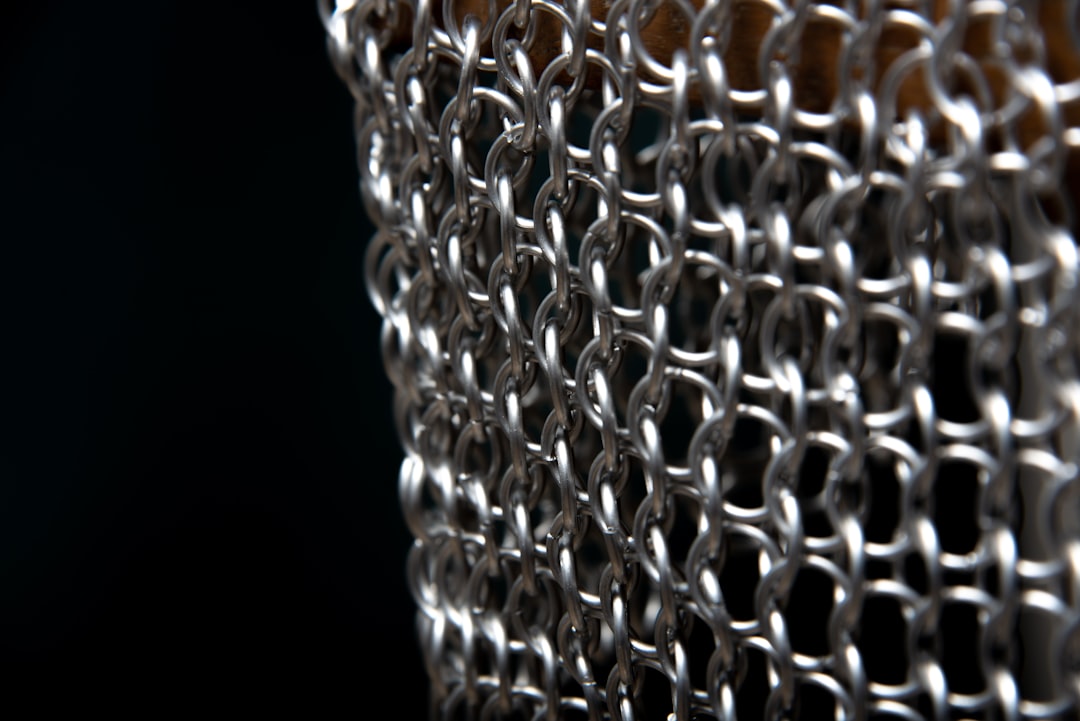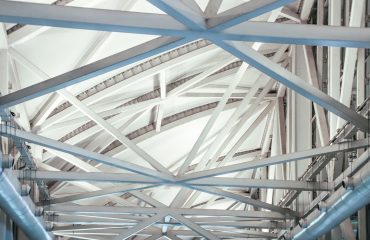body { font-family: sans-serif; line-height: 1.6; }
img { max-width: 100%; height: auto; display: block; margin: 20px auto; }
h1, h2 { color: #333; }
h1 { font-size: 2.5em; }
h2 { font-size: 1.8em; }
Steel. The very word conjures images of strength, resilience, and unwavering durability. But beyond its inherent properties lies a world of incredible versatility, shaping our world in countless ways. This visual gallery explores the diverse and fascinating applications of steel, showcasing its impact on our infrastructure, manufacturing processes, and everyday lives.
1. Steel in Construction: Skyscrapers to Sustainable Structures

Steel’s high strength-to-weight ratio makes it the backbone of modern construction. From towering skyscrapers that pierce the clouds to intricate bridges spanning vast distances, steel’s ability to withstand immense loads and stresses is unparalleled. Its malleability allows for complex designs, pushing the boundaries of architectural innovation. Furthermore, advancements in sustainable steel production are making it an increasingly environmentally responsible choice for eco-conscious construction projects. We see steel used in everything from the structural frames of buildings to reinforcing bars (rebar) within concrete, ensuring stability and longevity.
2. Steel in Infrastructure: Building the Backbone of Our World

Our global infrastructure relies heavily on steel’s robust nature. Roads, railways, tunnels, and pipelines – all benefit from steel’s resistance to corrosion and its ability to withstand significant wear and tear. The longevity of steel infrastructure projects ensures a long-term return on investment, minimizing the need for frequent repairs and replacements. The construction of large-scale infrastructure projects, such as high-speed rail lines and massive dams, would be virtually impossible without the use of steel.
3. Steel in Manufacturing: From Automobiles to Appliances

Steel’s versatility extends to the manufacturing sector, where it serves as a crucial component in countless products. The automotive industry is heavily reliant on steel, utilizing it for car bodies, chassis, and various internal components. Appliances, tools, and machinery all incorporate steel due to its durability and resistance to damage. The precision with which steel can be shaped and formed allows for the creation of intricate and complex parts, driving innovation in various manufacturing processes.
4. Steel in Energy: Powering a Sustainable Future

Steel plays a vital role in the energy sector, particularly in renewable energy sources. Wind turbines, for example, rely on steel for their robust towers and blades, capable of withstanding extreme weather conditions. Steel’s strength and longevity make it ideal for the construction of power plants and energy transmission infrastructure. Even in traditional energy sources, steel remains a critical component in various aspects of the power generation process.
5. Beyond the Basics: Specialized Steel Applications

The applications of steel extend far beyond the commonly known examples. Specialized steel alloys are used in the medical field for implants and surgical instruments, requiring exceptional biocompatibility and strength. The aerospace industry relies on high-strength, lightweight steel alloys for aircraft components. Even in art and design, steel’s malleability and aesthetic appeal make it a popular medium for sculptures and architectural features. The ongoing development of new steel alloys continues to expand its potential across a wide range of specialized applications.
This visual journey through the world of steel applications demonstrates its profound impact on our lives. From the buildings we inhabit to the vehicles we drive, steel’s unwavering strength and versatility continue to shape our world, paving the way for innovation and progress.
SEO Tags:
- Steel Applications
- Steel Uses
- Steel Construction
- Steel Infrastructure
- Industrial Steel
“`
Remember to replace the placeholder image URLs (“placeholder-skyscraper.jpg”, etc.) with actual image URLs. This HTML provides a basic structure; you might want to add CSS for improved styling and responsiveness.




